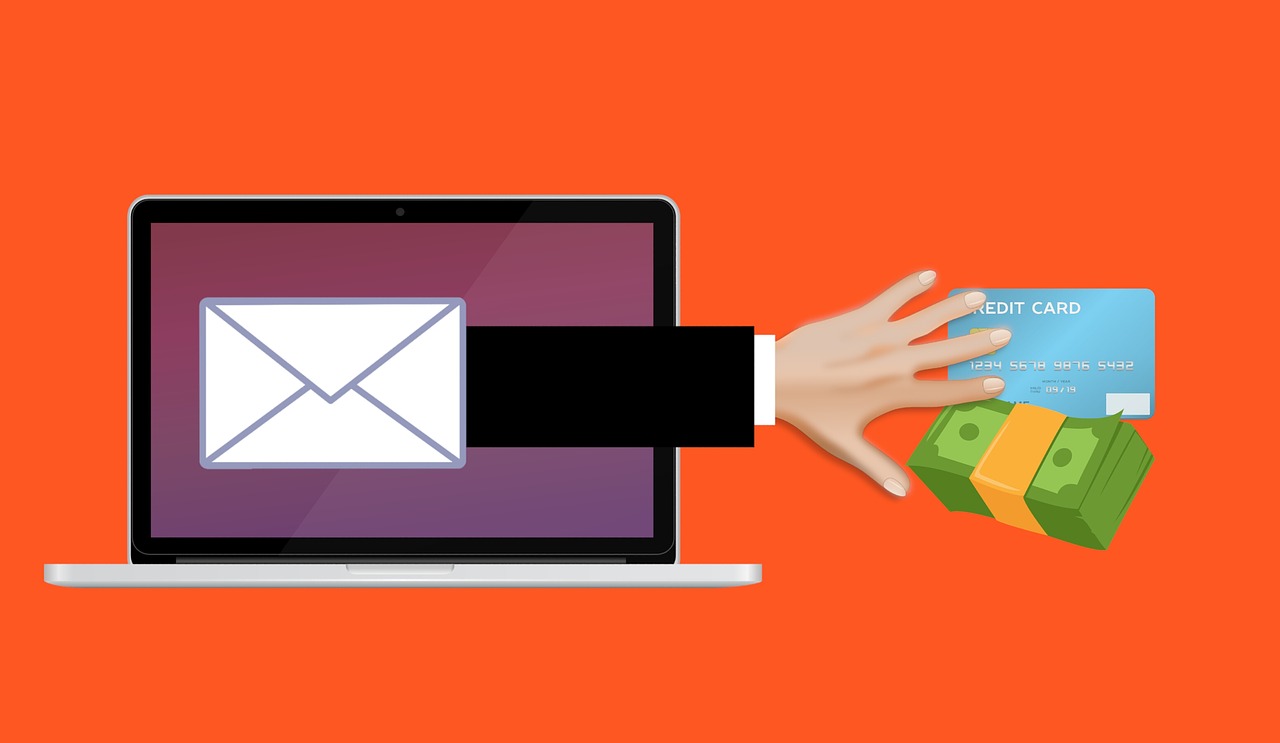Imagine a thief entering your home not by breaking a window, but by finding a spare key hidden under the doormat. That’s how malware operates in the digital world, silently stealing your data through compromised devices. This is the alarming reality highlighted in SpyCloud’s 2024 Identity Exposure Report, which reveals a disturbing trend: malware was linked to the majority (61%) of data breaches in 2023.
This article dives into the report’s findings and explains how malware works, the risks it poses, and what you can do to protect yourself.
Understanding Malware: The Data-Stealing Sneak Thief
Malware, short for malicious software, is a program or code designed to infiltrate and harm a computer system. There are many different types of malware, but in the context of data breaches, we’re particularly concerned with info stealers. These specialized programs lurk undetected on a device, stealing valuable information like:
- Login credentials (usernames and passwords)
- Personal details (names, addresses, phone numbers)
- Financial data (credit card numbers, bank account information)
- Sensitive documents (work files, personal records)
How Does Info Stealer Malware Cause Data Breaches?
Here’s a breakdown of how info stealers orchestrate data breaches:
- Infection: Malware can infect a device through various methods, such as:
- Clicking on malicious links in emails or phishing attacks.
- Downloading infected software or attachments.
- Visiting compromised websites.
- Data Collection: Once installed, the info stealer gathers information from the infected device. This may include:
- Keystrokes you type, capturing passwords and other sensitive data.
- Saved login credentials stored in web browsers.
- Files and documents stored on the device.
- Information about the device itself, such as its network connection.
- Data Exfiltration: The stolen data is then sent to the attackers, often through a hidden communication channel.
- Exploiting the Data: Criminals can use the stolen information for various malicious purposes, such as:
- Account Takeover (ATO): Using stolen login credentials to hijack your online accounts (email, bank accounts, social media).
- Identity Theft: Stealing your personal information to commit fraud or impersonate you.
- Selling Data on the Dark Web: The stolen information is sold to other criminals for further exploitation.
The SpyCloud Report: Key Findings and Their Impact
SpyCloud’s report paints a concerning picture of the prevalence of info stealer malware and its role in data breaches. Here are some of the report’s key highlights:
- 61% of data breaches in 2023 involved info stealer malware. This translates to a significant portion of data breaches being facilitated by this silent threat.
- Over 343 million stolen credentials were linked to info stealer malware breaches in 2023. This vast amount of compromised data creates a massive pool of potential targets for attackers.
- The average compromised identity appears in nine breaches. This demonstrates the interconnectedness of data breaches and the high risk of exposure for individuals.
- One in four compromised identities contained sensitive location data. This adds another layer of risk, potentially endangering a person’s physical safety.
- The average person has a 1 in 5 chance of already being infected with info stealer malware. This emphasizes the widespread nature of this threat and the urgency of implementing preventative measures.
Beyond SpyCloud’s Report: The Growing Threat of Mobile Malware
While the report focuses on info stealer malware on traditional devices, the threat also extends to mobile phones. Mobile malware can steal data, disrupt operations, and even infect other devices on the same network. As our reliance on smartphones increases, so does the potential for mobile malware to cause significant damage.
Protecting Yourself from the Malware Threat
The good news is that you can take steps to protect yourself from malware and data breaches:
- Be cautious with emails and attachments. Don’t click on suspicious links or open unsolicited attachments, even if they appear to be from someone you know.
- Practice good password hygiene. Use strong, unique passwords for all your online accounts and enable two-factor authentication (2FA) whenever possible.
- Keep your software up-to-date. Regularly update your operating system, web browser, and other software to patch vulnerabilities that malware can exploit.
- Install a reputable security software. Anti-virus and anti-malware software can help detect and block malware threats. However, these are not foolproof solutions, so vigilance is still crucial.
- Be mindful of what you download. Only download software and applications from trusted sources. Avoid clicking on free software download links from unknown websites.
- Be wary of public Wi-Fi networks. Public Wi-Fi networks can be insecure, making your device more vulnerable to malware attacks. If you must use public Wi-Fi, avoid accessing sensitive information or online accounts.
- Educate yourself and stay informed. Stay updated on the latest malware threats and best practices for protecting yourself online. Many security companies and government agencies offer free resources and information.
Staying Vigilant in a Digital World
The rise of info stealer malware and its role in data breaches highlights the ever-evolving landscape of cyber threats. By understanding how this malware works and its potential impact and taking preventative measures, you can significantly reduce your risk of becoming a victim. Remember, vigilance is key. By being cautious online, practicing good security habits, and staying informed, you can help safeguard your personal information and maintain control over your digital identity.
Additional Resources:
- National Institute of Standards and Technology (NIST) Cybersecurity Framework: https://www.nist.gov/cyberframework
- Cybersecurity & Infrastructure Security Agency (CISA): https://www.cisa.gov/
- Stay Safe Online: https://staysafeonline.org/
- Tech and Cybersecurity News YouTube Channel at: https://tinyurl.com/3jzms24a
In Conclusion
The SpyCloud report serves as a stark reminder of the critical role malware plays in data breaches. By staying informed, practicing good security habits, and implementing preventative measures, we can work together to create a more secure digital environment for everyone.
